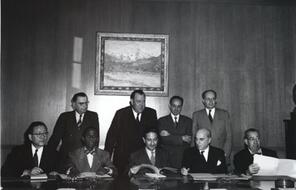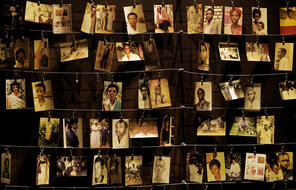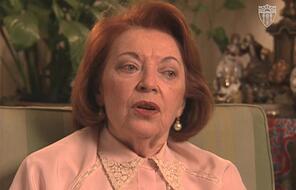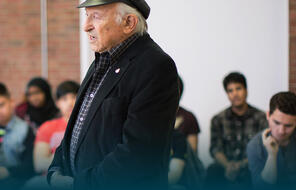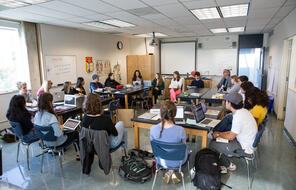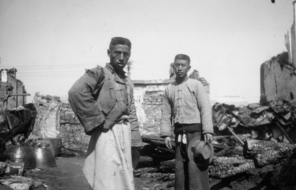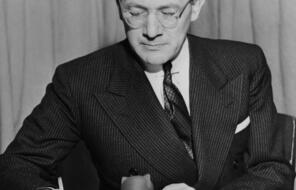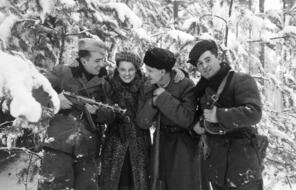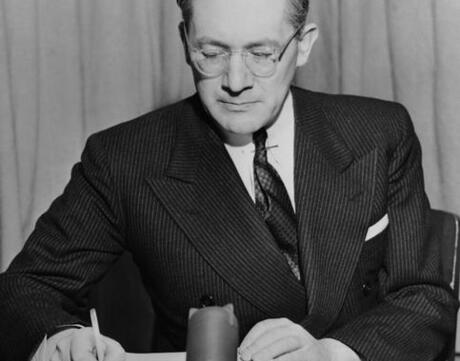
Identifying Raphael Lemkin's Outrage
At a Glance
Language
English — USSubject
- History
- Social Studies
Grade
9–12Duration
One 50-min class period- Genocide
Overview
About This Lesson
In his early adulthood, Raphael Lemkin did not set out to change the world. He was inspired to act by his own outrage when he learned about the crimes the Ottoman Empire committed against Armenians during World War I- and outraged that the perpetrators of these crimes went unpunished. He could not believe that there was no legal precedent for punishing perpetrators of such terrible crimes against humanity.
The purpose of this lesson is to help students understand Lemkin's outrage so that they can identify what motivated Lemkin to take action.
Lesson Plan
Activities
Assessments
Extension Activities
Materials and Downloads
Identifying Raphael Lemkin's Outrage
Unlimited Access to Learning. More Added Every Month.
Facing History & Ourselves is designed for educators who want to help students explore identity, think critically, grow emotionally, act ethically, and participate in civic life. It’s hard work, so we’ve developed some go-to professional learning opportunities to help you along the way.
Exploring ELA Text Selection with Julia Torres
On-Demand

Working for Justice, Equity and Civic Agency in Our Schools: A Conversation with Clint Smith
On-Demand

Centering Student Voices to Build Community and Agency
On-Demand


